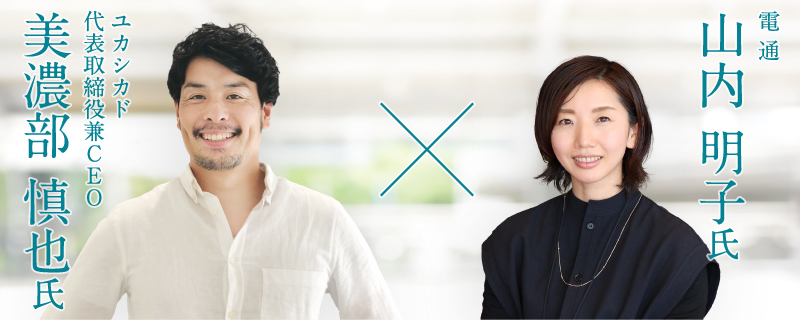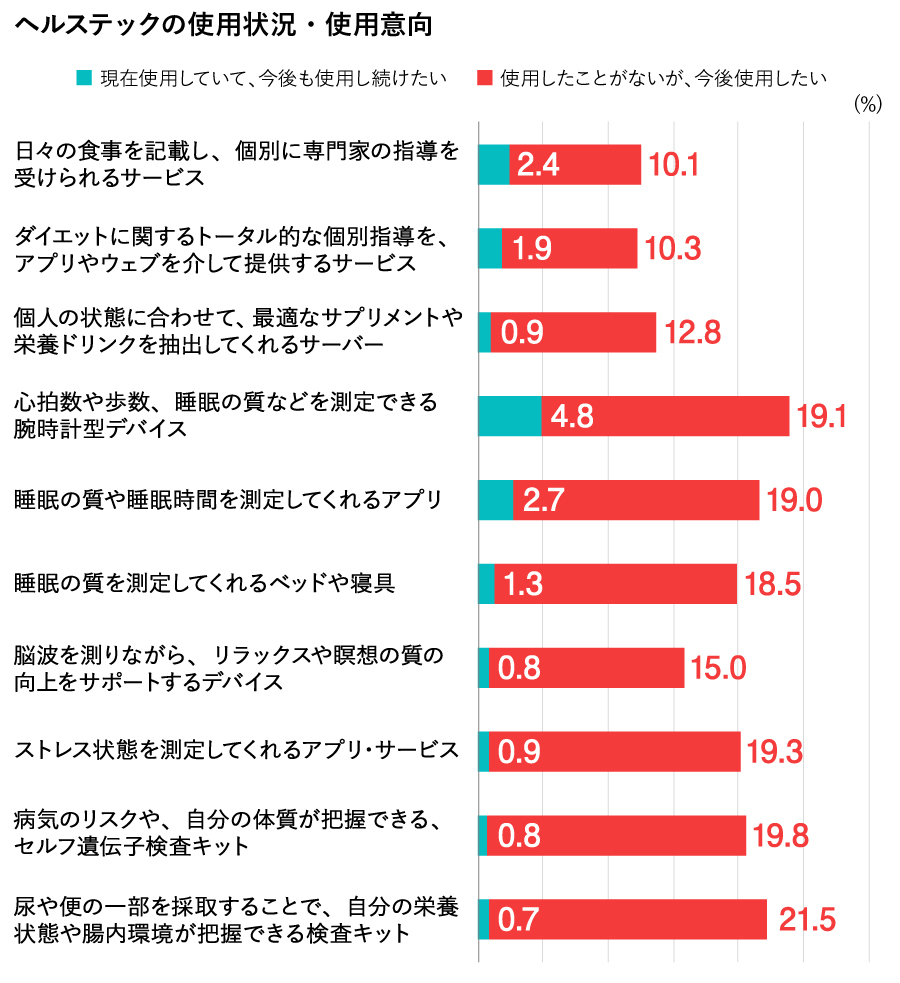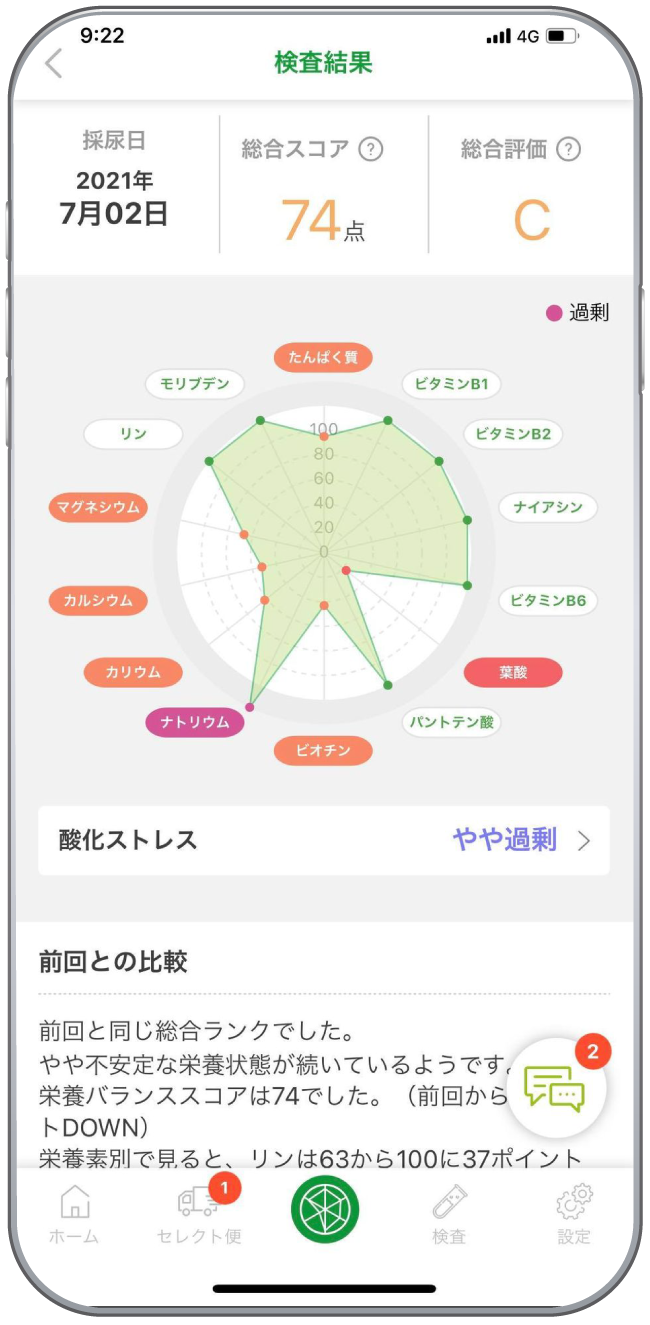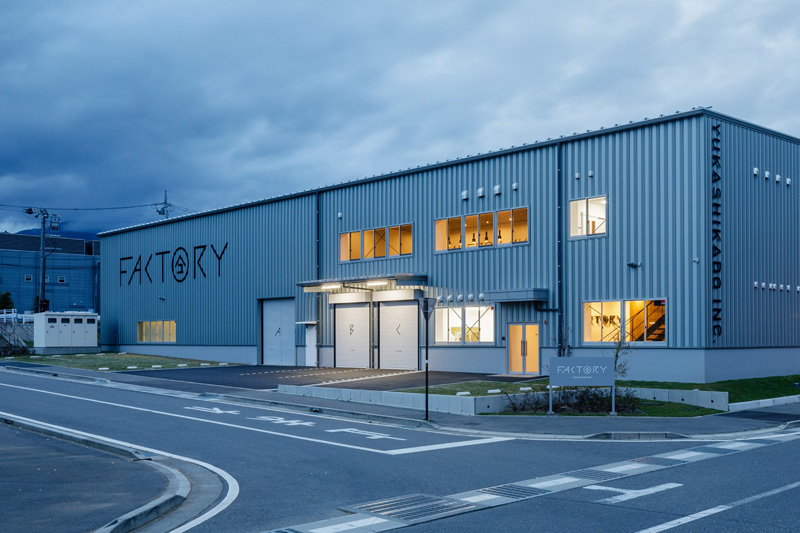Transforming health tech from a niche service for the health-conscious into infrastructure for everyone

Shinya Minobe
Yukashikado Co., Ltd.

Akiko Yamauchi
Dentsu Inc.
This series explores new trends in healthcare through expert interviews. Following the first installment on "Preventive Medicine" and the second delving into "Healthcare Awareness Among Men in Their 20s," this installment focuses on "PHR (Personal Health Record) and Health Tech."
PHR refers to a system where individuals collect and manage their own medical and health data. Overseas, its application in the health tech field is actively advancing across a wide range of areas, with its effectiveness particularly noted in health promotion, conditioning, and prevention.
However, according to the "Wellness 10,000 Survey," while the potential for health tech businesses utilizing personal health data is promising, the penetration rate in the domestic market remains low. This is partly due to lower preventive awareness compared to the United States.
How will PHR and health tech businesses utilizing personal health data expand in Japan within the health promotion, conditioning, and prevention sectors? What hurdles must be overcome?
Akiko Yamauchi from the Dentsu Inc. Healthcare Team interviewed Shinya Minobe, CEO and Representative Director of Yukashikado, a startup gaining attention in the health tech field.
*The Wellness 10,000 Survey: A large-scale quantitative survey launched in 2007 to understand healthcare insights from consumers' health awareness and behaviors, revealing market needs and trends from a consumer perspective. Conducted annually with 10,000 men and women aged 20 to 60.
【YUKASIKADO】
Provides services based on the concept of "PERSONALIZED NUTRITION" (a nutrition improvement experience tailored to each individual). Operates nutrition testing/improvement businesses including the personal nutrition testing kits "VitaNote" and "VitaNote Quick," which measure estimated nutrient absorption and nutritional balance via urine, and the personalized supplement "VitaNote FOR," created based on test results.

We were early to focus on "visualizing nutrition" and spent many years realizing this as a service.
Yamauchi: Yukashikado recently raised approximately ¥1.5 billion in funding, including from the Maezawa Fund, positioning it as one of the most dynamic startups in the health tech sector. Today, I'd like to discuss the future of health tech utilizing personal health data with Mr. Minobe. First, could you share what sparked your interest in this industry?
Minobe: It all started with American football during my student days. Football is the most popular sport in the U.S., a sports powerhouse, and elite schools like Stanford and Princeton utilize cutting-edge technology in their tactics and training. The Kwansei Gakuin University football team I belonged to had connections with these powerhouse schools, so I was constantly exposed to the latest information.
The one area that felt out of place was nutrition management. Nutrition was still largely based on experience and intuition.
Yamauchi: So it was a world far from cutting-edge, quite analog.
Minobe: Yes. Then, after retiring from the club and finding myself with too much free time, I went to the slums of the Philippines at the recommendation of my American football coach. Until then, I thought malnutrition among the poor was caused by a lack of food. But when I actually went there, I found there was surprisingly plenty of food available. Yet, the poor quality of their diet made everyone sick. That's when I realized the importance of "visualizing nutritional status."
Yamauchi: When did you start thinking about turning nutrition management into a business?
Minobe: After returning home, I devoured every nutrition book I could find in the university library. By chance, I stumbled upon literature from Cambridge University about the Millennium Development Goals (MDGs). This later became the foundation for the SDGs. Learning that nutrition was recognized as a global challenge, I somehow convinced myself, "This is what I should be doing" (laughs). However, I felt I still lacked the capability to launch a business that would make a significant social impact, so I first joined Recruit.
Yamauchi: So you approached your job search with entrepreneurship as your ultimate goal from the start.
Minobe: Yes. At every corporate interview, I'd say, "If you can provide an environment where I can create a business model that can save a country, I'd like to join. If not, please don't hire me" (laughs).
Yamauchi: I imagine the interviewers must have been at a loss for words (laughs). But that ambition got you hired at Recruit. When you started your company in 2013, did you already have a complete solution?
Minobe: We officially launched the service in 2017.
Yamauchi: It must have taken a very long time to prepare. What was the most difficult part?
Minobe: The biggest challenge was whether nutrition could even be quantitatively assessed. Back then, there was no existing method to accurately quantify nutrition, so we had to start by finding one. We tried everything we could think of – blood, saliva, hair, sweat – and finally arrived at urine testing.
Yamauchi: I imagine there were considerable hardships before reaching the service stage, but it's no exaggeration to say you're now a leading force in the health tech world. Where do you see the factors behind this success?
Minobe: Investors valued us primarily because the market itself is huge. As exemplified by the SDGs, nutrition is a challenge requiring global commitment going forward, so naturally, significant capital flows into it. In my case, learning about the MDGs happened to be the trigger, but I think I ended up anticipating the broader societal trend.
Another factor is that many fundamental research projects remain just that – research – without being commercialized. The foundational research our business is built on involves tests that normally cost around 200,000 yen, making it expensive, and the urine management methods are also very strict. I believe we were recognized for incorporating technology into this and creating a service accessible to many people.
Yamauchi: Indeed, the "VitaNote Quick" we helped develop—which lets you understand your nutritional status for just one coin—is truly groundbreaking in terms of accessibility, including cost. It underscores the importance of not just creating advanced products, but also anticipating the market and adapting products to be easily adopted as part of people's daily lives.
Not technology-driven, but responding to user pain points and insights
Yamauchi: Moving forward, I'd like to discuss the present and future of health tech utilizing PHR and health data, referencing the results of the "Wellness 10,000 Survey."
Regarding health tech in the areas of health promotion, conditioning, and prevention, when we examine usage and usage intentions, we see high interest and awareness, but actual adoption hasn't fully taken hold yet. Where do you think this bottleneck lies?

Minobe: In Japan, people have traditionally been able to easily visit a doctor and get treated for illnesses or physical discomfort, so there hasn't been a strong need to proactively address these issues. In contrast, the US has high medical costs and insurance premiums, leading to greater awareness about prevention. As a result, health tech in the health promotion and prevention areas has become quite widespread there.
Yamauchi: Looking at the survey results, the usage rate of devices like wristwatches is increasing slightly each year. However, I feel that even when health data is visualized, the solutions tied to it often don't match users' problems or needs.
Minobe: Of course, the service must resolve the user's pain points. But equally important is delivering value that exceeds expectations relative to cost. And, as mentioned earlier, how effortlessly it can be used is also crucial.
Yamauchi: When thinking technology-driven, we tend to prioritize accuracy and precision. But we need to discern where the customer's true pain points lie—whether it's ease of experience, cost, or other factors.
Furthermore, I find your service's ability to continuously cycle through PDCA (Plan-Do-Check-Act) truly outstanding. The inspection results are displayed in pie charts, making it easy to grasp trends over time. This approach isn't just about a one-time inspection; it's about providing solutions while continuously supporting the customer, delivering a sense of accomplishment and satisfaction. This perspective is also a crucial element, isn't it?

Minobe: That's right. Rather than thinking purely technology-driven, I believe it's crucial to design services that address user pain points and insights. Incidentally, in the healthcare domain, when you delve deeply into user challenges, it inevitably extends beyond prevention into the medical field. However, the medical field involves highly complex legal regulations. Collaboration in that area is a challenging point.
Healthtech will eventually become the infrastructure for well-being
Yamauchi: As Mr. Minobe mentioned earlier, demand in the health tech field is expected to grow. What are your expectations or areas of focus?
Minobe: As nutritional issues among low-income populations improve, they may start consuming more palatable foods, potentially leading to protein deficiencies. I believe technology can address this challenge by creating solutions like logistics systems that deliver protein-rich foods from surplus regions to areas with protein shortages.
Furthermore, regarding the already apparent issue of solitary eating, I believe services can be realized that integrate with smart homes to visualize the health status of those eating alone and enable support from their surroundings.
Yamauchi: Health tech utilizing PHRs and health data is currently penetrating mainly among highly sensitive individuals and high-income groups. However, I believe it should expand to a much broader segment of society going forward.
Minobe: I agree it will. Recently, Apple announced that iOS 15 will add features allowing users to share data from the Health app with family members and connect with electronic medical records. While early adopters will likely use these first, we may eventually reach a world where everyone uses PHR as a matter of course. In that sense, the power of private companies is significant.
Yamauchi: Precisely because it connects to private companies' business viability, I believe it enables sustainable initiatives. On the other hand, what are your thoughts on collaboration with national and local governments?
Minobe: Compared to us startups, national and local governments have a greater accountability to their citizens, which inevitably makes them more risk-averse and slower to respond. However, it's also true that some bureaucrats and local leaders possess tremendous passion. Yukashikado collaborated with Matsumoto City, Nagano Prefecture, to conduct a proof-of-concept experiment. In May 2021, we opened the "Yukashikado FACTORY" in Matsumoto City, which serves as both a testing center and manufacturing plant. This project was only realized thanks to the enthusiasm of the people in Matsumoto City.


Yukashikado FACTORY: Our proprietary testing center & manufacturing facility specializing in personalization. It handles sample analysis for "VitaNote," produces personalized supplements based on test results, and manufactures foods like our nutrient-packed ALL in Curry.
Yamauchi: What an incredibly stylish factory...! Recently, more municipalities are promoting "Smart Wellness Cities," focusing on health as the core of urban development. As Mr. Minobe mentioned, I want to work with passionate individuals, whether from the private sector or government, to energize the health tech industry and build it into a well-being infrastructure. Mr. Minobe, I look forward to continuing our collaboration!
[After the Third Discussion]
As discussed during our conversation, I'm reminded that for health tech ventures to break free from the "trendy niche" label, it's crucial not just to grasp and utilize data, but to clearly define what pain points it solves and whether it offers a seamless customer experience—one that's sustainable without burden, including cost considerations.
Incidentally, regarding solving customer challenges... I always sense a strong passion and determination to solve problems from Mr. Minobe. This conversation made me feel that a "strong will to solve problems" is also crucial for us as we drive our business forward.
【Survey Overview】
Survey Name: "The 14th Wellness 10,000-Person Survey 2020"
Period: November 2020
Survey Method: Internet survey
Survey Population: Men and women aged 20 to 60 nationwide (10,000 samples)
*Samples collected to match population distribution (8 categories) by gender, age, and region
Survey Company: Dentsu Macromill Insight, Inc.
Was this article helpful?
Newsletter registration is here
We select and publish important news every day
For inquiries about this article
Back Numbers
Author

Shinya Minobe
Yukashikado Co., Ltd.
During his university years, he was a member of the Kwansei Gakuin University American Football Club. After graduating, he joined Recruit (now Recruit Holdings), where he worked in sales and planning within the human resources division. He then transferred solo to Oisix (now Oisix Ra Daichi) to engage in business planning. After participating in the launch of a joint venture between Recruit and Oisix, he established Yukashikado in March 2013 and assumed the position of Representative Director.

Akiko Yamauchi
Dentsu Inc.
Since joining the company, I have been responsible for clients in the medical wellness sector. I have been extensively involved in new business development within the healthcare field, including formulating communication strategies for healthcare sectors such as marketing strategies for prescription drugs, brand strategies for over-the-counter drugs, and corporate brand strategies, as well as launching health check services and conducting proof-of-concept (POC) for health management initiatives.



